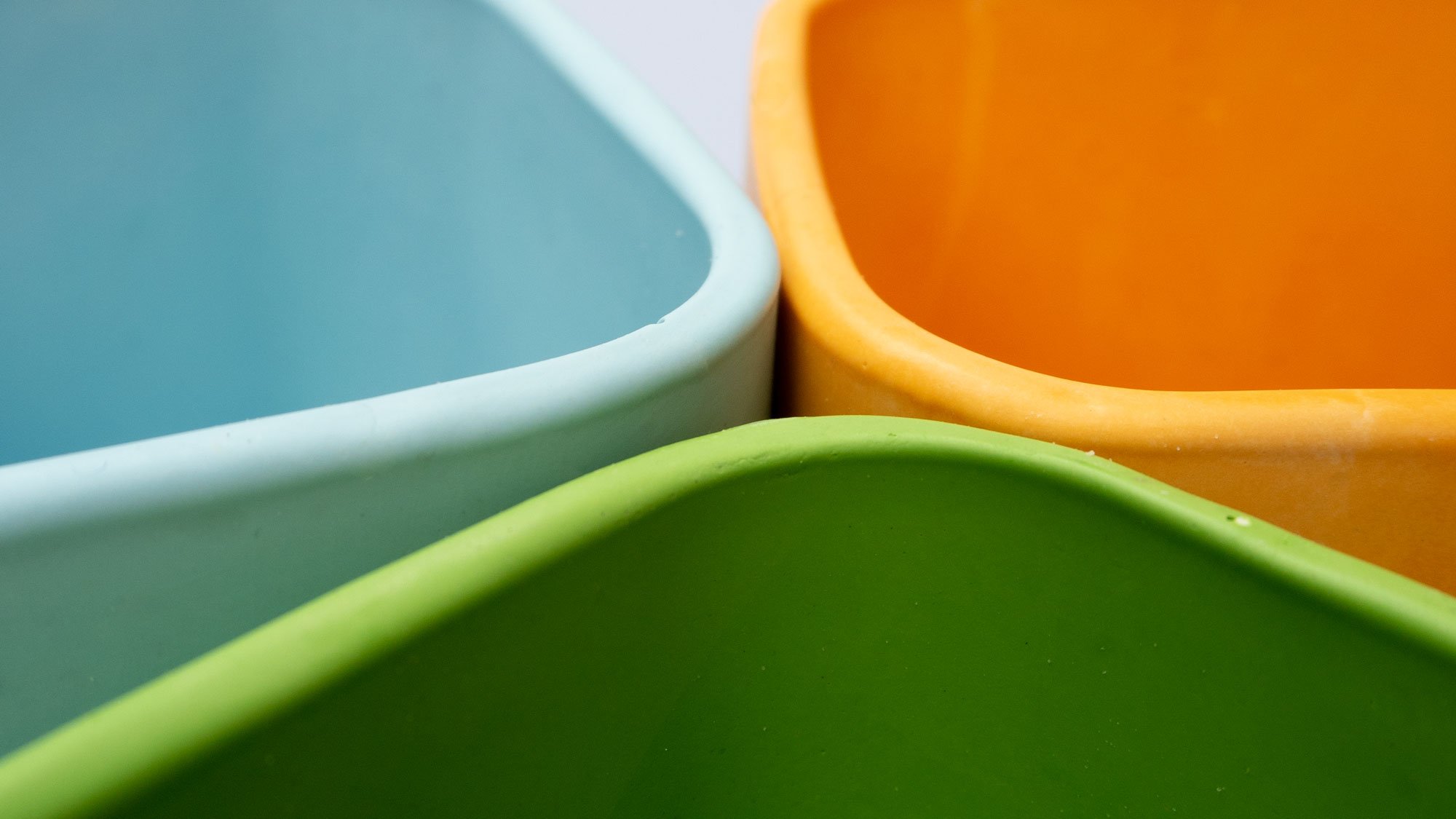what on earth is Jesmonite?
Kolé has made the switch from ceramic tiles to custom designs made from Jesmonite. Now the question is, what is it?
Kolé was brought into this world as a result of my love of all things tiled.
However, I increasingly became frustrated with the limitations of store-bought ceramic tiles: they’re heavy, only available in certain colours and finishes, shapes and sizes. This meant I was quite restricted in the products I could effectively make. I experimented with making my own clay tiles, but as a newbie in ceramics, it was a long and unreliable process. It just wasn't meant to be.
Enter Jesmonite! I’d seen this material popping up all over the homeware market, and after researching its properties and capabilities, I decided to take the plunge.
So what is it exactly?
Jesmonite is the brand name for a versatile composite eco-resin. It consists of a mineral powder base combined with a water-based acrylic resin. The substance was developed in 1984 as an alternative to fibreglass and cast concrete in architectural applications. Due to its lightweight, durable, and versatile characteristics, it has become a popular and eco-friendly choice in many industries.
There are various variations of this material, but Jesmonite AC100 is particularly well-suited for homewares due to its ability to replicate intricate details and its durability.
Jesmonite AC100 is composed of two parts: a powder base and an acrylic liquid. The powder base is essentially modified gypsum, a non-toxic material that occurs naturally in sedimentary rocks but can also be produced artificially.
is Jesmonite eco-friendly?
Gypsum is abundantly available, making it an environmentally sustainable component of Jesmonite. On the other hand, the acrylic liquid, being a type of plastic, is less sustainable. However, its high durability contributes to the increased lifespan of Jesmonite, allowing it to be used for many decades without disintegrating.
Jesmonite is considered an eco-resin because it is non-solvent and does not contain Volatile Organic Compounds (VOCs). VOCs are harmful chemicals that are released as vapours when the liquid component of a two-part resin evaporates. Since Jesmonite is water-based and free from solvents, it does not emit harmful or toxic chemicals during the setting process.
How does kolé use Jesmonite?
Jesmonite is typically shaped by pouring the viscous liquid into a silicone mould. I already had some experience with mould-making for custom making my sculptural candle moulds and set about making moulds for a whole host of entirely customised designs. Our tiled coasters, chubby saucers and scented candles are all made from hand-poured Jesmonite in handmade silicone moulds.
I’m having fun experimenting with colours, shapes and textures, and can’t wait to make the most out of Jesmonite’s versatility with my unique designs.





A versatile saucer for drinks and tiny trinkets